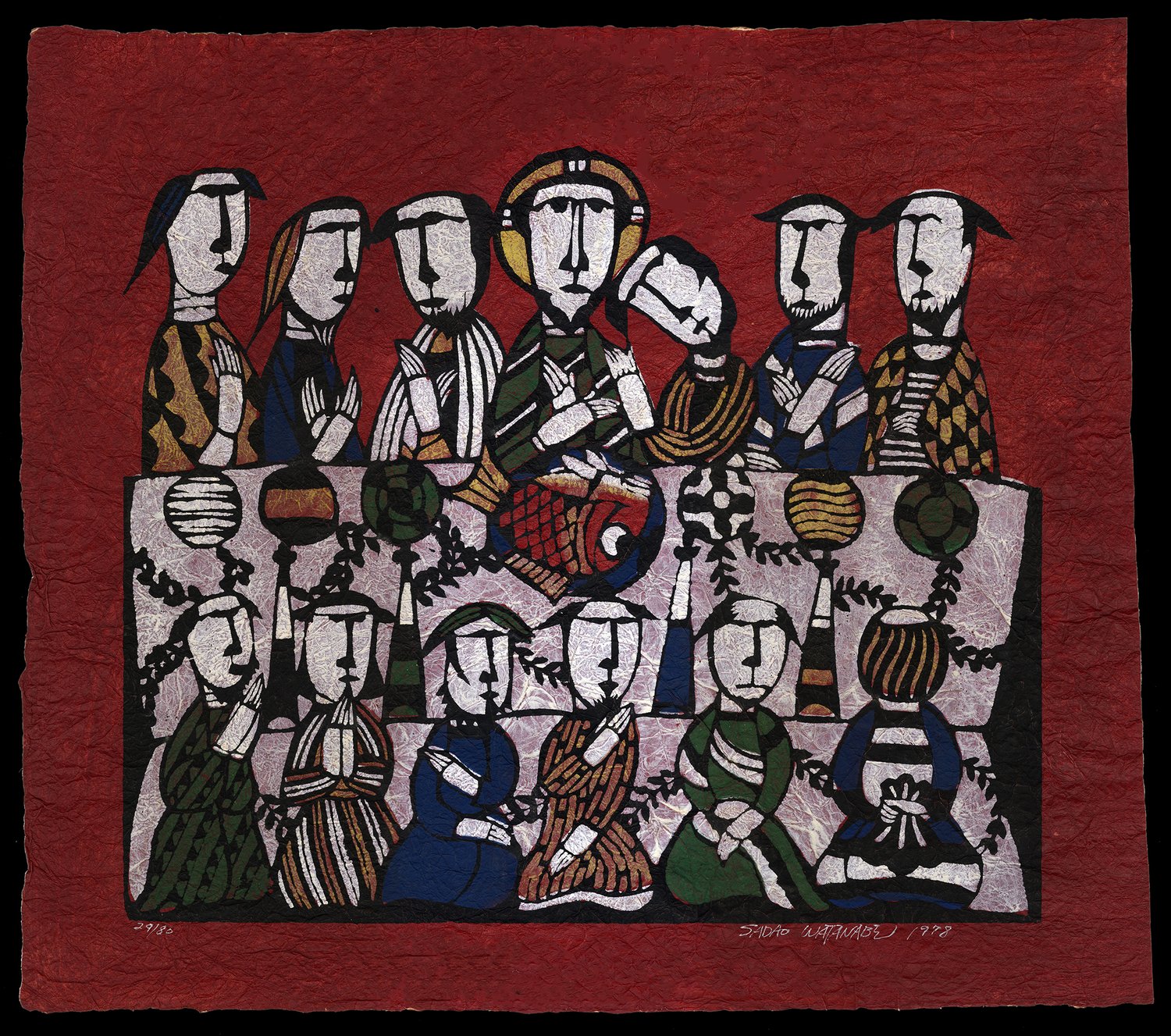
Beloved,
Beloved, did you know that there are 1.97 million Christians in Japan? This number, though small in comparison to the national population, represents a significant community with a rich history. Since the arrival of Francis Xavier, the first Jesuit missionary from Spain, in 1549, six years after the first Portuguese traders came to Japan, Christianity has been a part of Japan’s cultural and spiritual landscape. The relay of faith through people, observed in culture, religion, and spirituality, illustrates how our forefathers passed their magnifying glasses of hope to help us see the world better. We learn to love and hate through the glasses, to preserve or dispose of our past, and to live in the present. Then comes our turn to pass our magnifying glasses to the next generation.
Ironically, Guns and Christianity changed Japan dramatically during the second half of the sixteenth century. If you are familiar with Japanese cuisine, you know Tempura. Surprisingly, the word originated from Latin, meaning “time” or “a period,” sharing the root with another English word, “temporary.” The good old deep-fried fish and vegetables Jesuit missionaries ate during the Lenten seasons in Japan became Japanese Tempura today. This is just one example of the profound impact of Christianity on Japanese culture and traditions, a heritage that we can all be proud of and feel connected to.
Another fascinating factoid during this period is the intersection of the Buddhist Zen tea ceremony and the Christian Holy Eucharist. The greatest tea master, Sen no Rikyu, introduced a new style of tea ceremony called Wabi-cha, which many scholars suspect is influenced by Jesuits celebrating mass. Wabi-cha, a style that emphasizes simplicity and quiet refinement, shares some undeniable ceremonial similarities in rituals and symbolism with the Christian Holy Eucharist. This cultural exchange led to the development of the Japanese Philosophy of Wabi-sabi (The rustic simplicity in the serene beauty of aging) alongside Wabi-cha.
Unfortunately, Japan became increasingly concerned by these rapid cultural shifts from international relations, so the country initiated national isolation for the next 250 years, from 1603 to 1867. Christianity was banned; Christians hid their faith from the public eye for fear of humiliation, torture, and persecution, much like the disciples in the locked-up house after the crucifixion. Despite the turmoil, these closeted/hidden Christians showed remarkable resilience, keeping their faith alive in the face of adversity. The record of approximately 30,000 closeted/hidden Christian converts during the isolation period was found through research once the country reopened, a testament to their unwavering faith and determination.
The journey of faith relays from one person to another, like this to the future, creating a continuous thread that connects us to our past and gives us hope for the future. It’s a never-ending, incredible God’s love story of salvation, of which we are very much part. As the beautiful Spiritual Pathway’s current phase is complete, we will dedicate this new feature to thank the anonymous, generous donor family at the parish picnic on September 29th after 10:30 am worship. We will also bless the upgrades to the Memorial Garden and the playground, followed by a potluck fellowship with St. Paul’s family from the parish, the preschool, and their friends. So be sure to mark your calendar and spread the word! The relay of our spiritual journey of faith continues! As our Deacon Pete proclaims every Sunday, “The mass is ended, but our service to the world continues. Let us go in peace to love and serve the Lord!”
With Love,
Fr. Andrew
